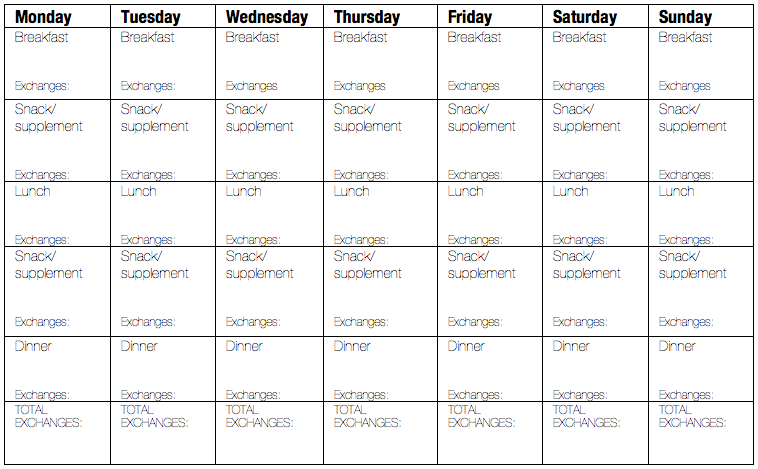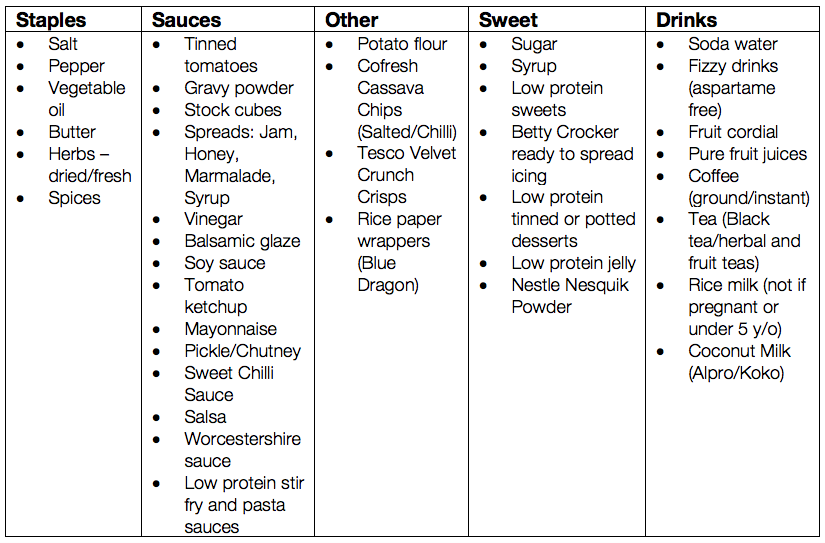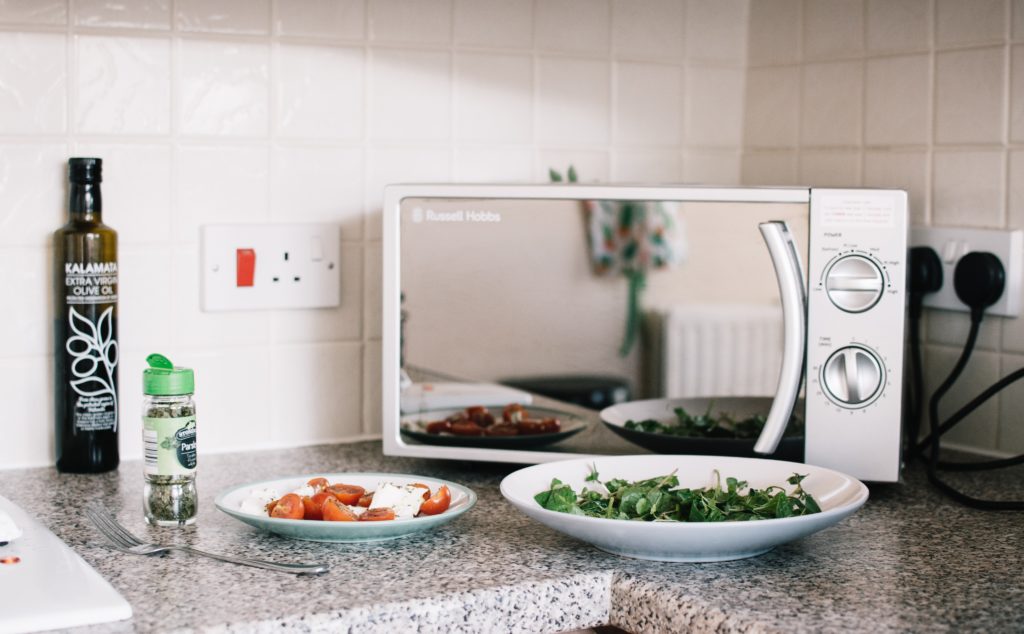Skip Ahead
How to Organise Your Kitchen For PKU
Written by Cambrooke
4 minute read
How to Organise Your Kitchen For PKU
Maintaining an organised kitchen has benefits for all of us, but for those managing a low protein diet it can have an enormous impact. Saving time and bringing order to your surroundings, will allow you to balance your competing commitments and reduce the stress associated with meal planning.
When you get home at the end of a busy day, you want to eat nourishing food, spend time with loved ones, perhaps catch up on some hobbies and then get some well-earned rest.
Hopefully these tips will help you do just that!

1. Preparation
Pick one day each week where you have a spare couple of hours to yourself. This can be early on a Sunday morning, on your Wednesday afternoon off, or whenever is convenient for you.
Spend roughly:
30-45 minutes planning your meals for the next week
1 hour grocery shopping
10 minutes checking your formula stocks and ordering low protein foods
20 minutes organising your kitchen
You can use a grid similar to the one below to plan your food for the week, or use our handy 5 day meal plan instead!

2. Grocery Shopping
For a full list of fresh low protein produce visit the NSPKU’s dietary guidance.
Always take a shopping list to the supermarket with you and try to stick to it, to avoid wastage. It’s all too tempting to veer off and purchase too much food for the week.
You can also order your groceries online. Off-peak deliveries from just £1 can work around your busy schedule. They also ensure you do not get tempted by high protein foods in-store.
3. Stock up on a range of kitchen cupboard essentials
The NSPKU have a handy guide with all exchange free foods listed, but here are some of our favourites:

4. Batch cook!
Since you are spending time and effort cooking a meal, why not make more than one portion for a rainy day? You can freeze most meals and soups and they taste just as good, if not better when you reheat them later on!
We have lots of quick and easy recipes on Low Protein in 15. Simply double, triple or quadruple the ingredients to make a larger meal that will last for days/weeks to come.
You can also adapt all low protein recipes for other family members. For example, you can add meat or fish to any vegetable stir fry or bake. You can also swap certain low protein ingredients with regular ingredients. For example, instead of using cauliflower rice and Violife cheese in our Baked Red Pepper recipe, you can use basmati rice and dairy cheddar.
5. Food segmentation
Use small boxes to segment your fridge and cupboard items into food groupings. For example, put all drinks on the bottom of the fridge, all spreads and sauces at the top, and all groceries in the middle. That way, you can easily find all of the component parts of your meal, reducing prep time.
Similarly, why not put all spices together in one cupboard tray, and flours and sugars in another. Practicing this also reduces the amount of wastage in your cupboards as you won’t rebuy items that you already have.
6. Appliances
There are a few kitchen appliances that will make your life much easier when managing a PKU diet! Here are just a few of our favourites…
- Microwave: To cook food quicker, saving you time in the evenings.
- Blender: To make smoothies with your PKU formula, soups and dips!
- Hand blender: Perfect to whizz up a low protein soup straight in the pan.
- Cup measure: An easy way to measure your ingredients in a hurry.
- Scales: To help weigh out food and work out exchanges.
- Wok or frying pan: You can make lots of low protein vegetable stir-frys and curries in these.
- Deep saucepan: Perfect for making soups and pastas.
- Spiraliser: To make courgetti spaghetti for an exchange free and healthy pasta.
- Toaster/sandwich maker: To liven up your low protein bread at lunchtime.
- Grater: For low protein cheese and for vegetables on salads.

We hope these tips help you organise your kitchen in way that lets your low protein diet flourish. If you would like to join our dedicated recipe group, visit Low Protein in 15.
If you have any questions about our range of products, contact ukinfo@cambrooke.com.
Thank you for reading.





